Exploring the Celestial Wonders of Orion
The constellation Orion, with its distinctive shape resembling a hunter, is a treasure trove for astronomy enthusiasts seeking to explore the depths of the night sky. Within this iconic constellation lies a myriad of deep sky objects, including nebulae, star clusters, and even a supernova remnant. One of the most famous deep sky objects in Orion is the Orion Nebula (M42), a stellar nursery located in the "sword" of Orion. Visible to the naked eye, this nebula is a stellar cradle where new stars are born, making it a breathtaking sight through telescopes.
Adjacent to the Orion Nebula is the Running Man Nebula, a complex of gas and dust that adds to the celestial splendor of the region. To observe these wonders, amateur astronomers can use a telescope equipped with a narrowband filter to enhance the contrast of the nebulae against the background sky. The beauty of these objects lies not only in their visual appeal but also in the scientific insights they provide into the formation and evolution of stars.
Moving towards the constellation's belt, one encounters the Orion Belt Cluster (Collinder 69), a group of hot, young stars that form a dazzling asterism. Observing this cluster requires binoculars or a small telescope, as the individual stars may be challenging to discern with the naked eye. Additionally, located just above the leftmost star of Orion's belt is the Horsehead Nebula, a dark nebula resembling the profile of a horse's head against a backdrop of glowing hydrogen gas. This enigmatic structure is best observed using a telescope equipped with a hydrogen-alpha filter to unveil its intricate details.
In conclusion, the constellation Orion offers a captivating celestial playground for stargazers, filled with a diverse array of deep sky objects. Whether observing the birth of stars in the Orion Nebula or tracing the dark silhouette of the Horsehead Nebula, there is no shortage of wonders to behold. Armed with basic astronomical instruments such as binoculars or telescopes, enthusiasts can embark on a journey through the cosmos and unlock the secrets of Orion's deep-sky treasures.

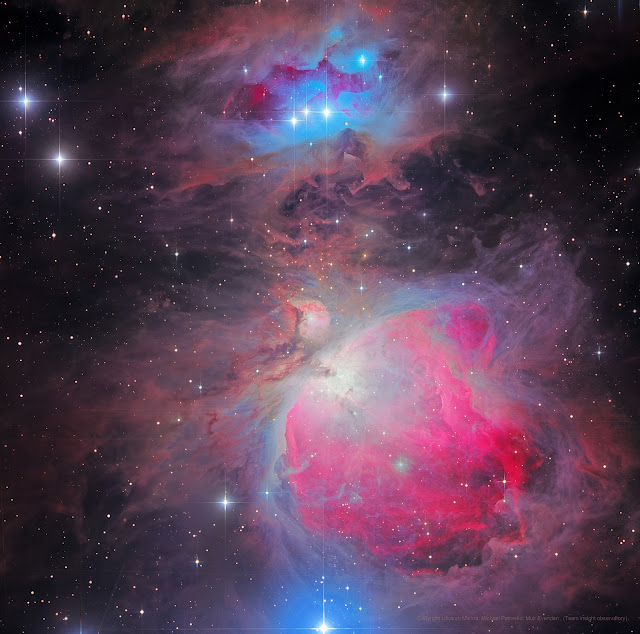
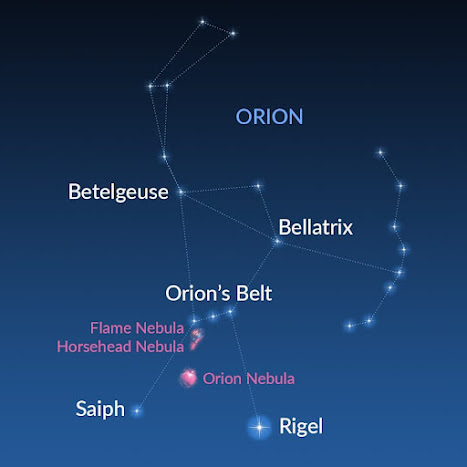
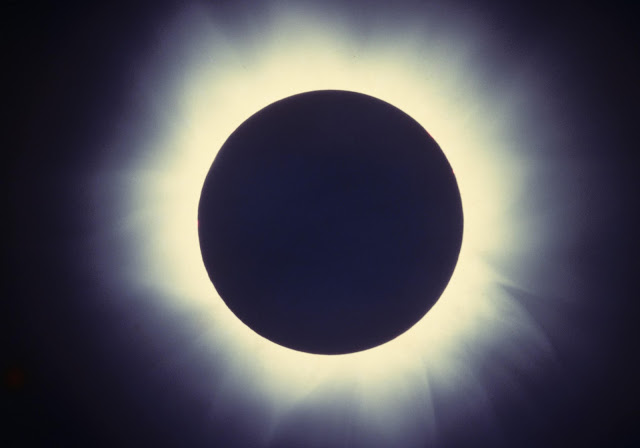
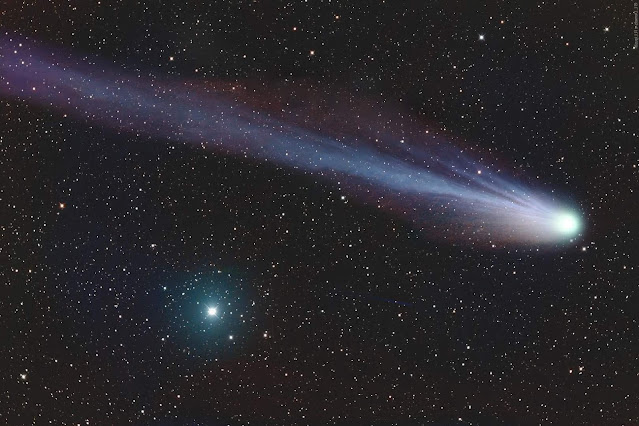

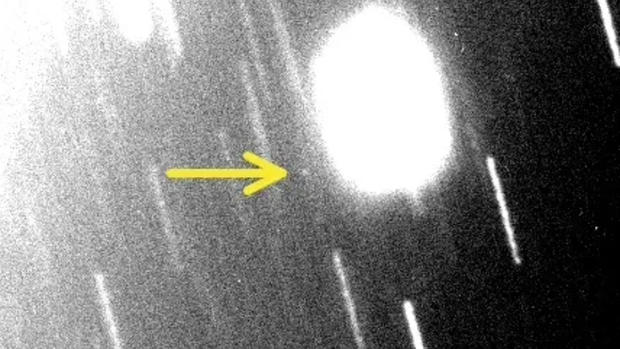


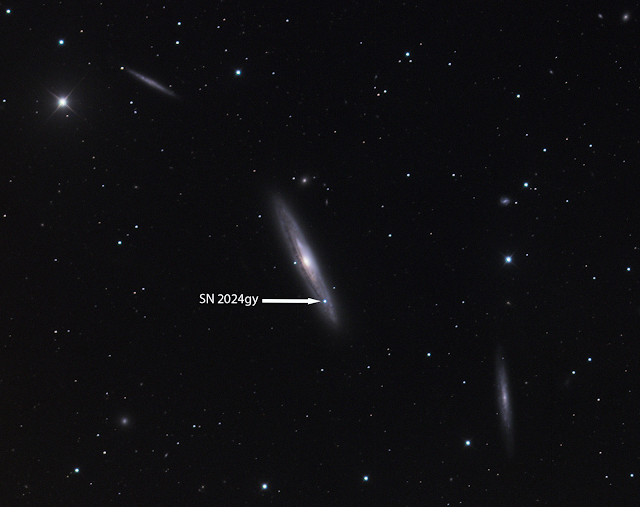
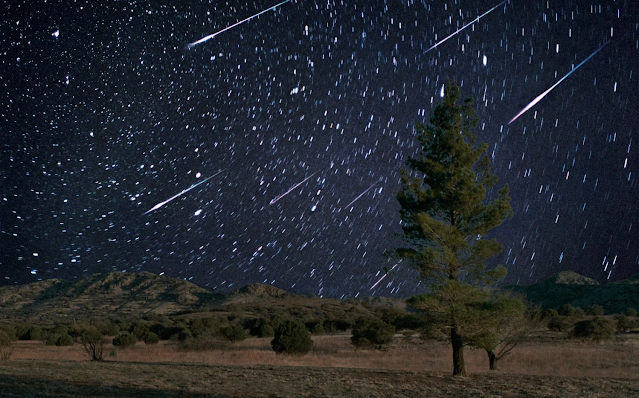
Comments
Post a Comment